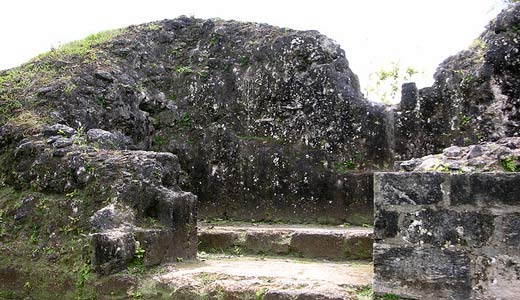
Two weeks after Hurricane Sandy ravaged New Jersey and New York, thousands of people are still without power, food or potable water. They are dependent on the city, state and federal government, and increasingly on Occupy Sandy (the volunteers from Occupy Wall Street and related groups) for basic survival goods.
Sandy represented extreme weather conditions that crippled the emergency response facilities of the government nationally and locally. No one had the foresight to plan ahead for such a widespread storm disaster. Scientists and realistic politicians are now saying that Sandy-like events will be increasing in frequency as the earth continues to heat up due to global warming and the use of fossil fuels (oil, coal and gas). What the people of the Northeast have gone through in the last several weeks may well be “the new normal.”
These extreme weather events are not limited to the United States but are worldwide phenomena. The whole international system may collapse if we can’t halt the warming of the atmosphere. It won’t be the first time a civilization has collapsed due to radical changes in weather. A Science Daily article details how the civilization of the Maya Indians in Mexico and Central American collapsed: extreme weather changes are the suspected cause.
An interdisciplinary group of scientists determined that after decades of extreme weather the political system of the Maya, and the Maya population itself, was basically destroyed. Bruce Winterhalder, co-author of the report (which appeared in the journal Science on Nov. 9) said, “Here you had an amazing state-level society that had created calendars, magnificent architecture, works of art, and was engaged in trade throughout Central America. They were incredible craftspersons, proficient in agriculture, statesmanship and warfare [always a sign of civilization] – and within about 80 years, it fell completely apart.”
Scientists correlated the written record of the Maya (using the Maya Hieroglyphic Database) with oxygen isotope dating of stalagmites from caves in the Maya culture area. This provided the scientists with a 2,000-year record of rainfall. They found that when rain was plentiful (300-660 AD) Maya culture experienced the growth of cities and of population, but during a subsequent drying period (660-1000 AD) political instability set in, warfare increased, and the state finally collapsed. Then a drought began (1020-1100 AD) and the Maya population withered, likely because of “crop failures, death, famine, migration” and other extreme events.
Martha Macri, the other co-author, who is, like Winterhalder from UC Davis, remarked, “It has long been suspected that weather events can cause a lot of political unrest and subject societies to disease and invasion. But now it is clear. There is physical evidence that correlates right along with it. We are dependent on climatological events that are beyond our control.”
But there is a big difference between the Maya case and our own. The Maya actually did not have any control and could not see their end coming. But we know what is causing our extreme weather: carbon emissions and other greenhouse gases. We also know that big corporations (and state owned ones as well) existing in a for-profit economic framework are responsible. Are these corporations really beyond “our” control, i.e. the democratic control of the people?
Dr. Winterhalder said about the story of the Maya, “It’s a cautionary tale about how fragile our political structure might be. Are we in danger the same way the Classic Maya were in danger? I don’t know. But I suspect that just before their rapid descent and disappearance, Maya political elites were quite confident about their achievements.”
Yes, but we are not run by “political elites” the same way the Maya were. This past election in the U.S. showed that people can unite and fight off the political elites representing nothing but the profit motivated corporations. The democratic people’s movement has won some breathing space and now has an opportunity to push the U.S. government into a serious commitment to fight global warming. It is one thing to go down before an invisible unknown enemy. It is another to know who your enemy is and know you have the power to stop him, and do nothing.
Photo: Ruins from the Mayan society. Paul Huber // CC 2.0









